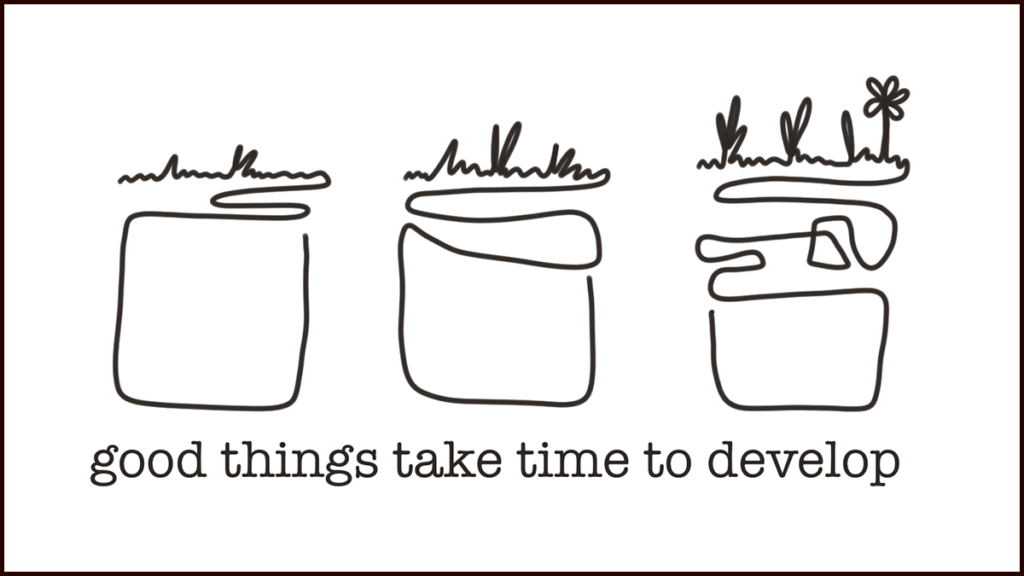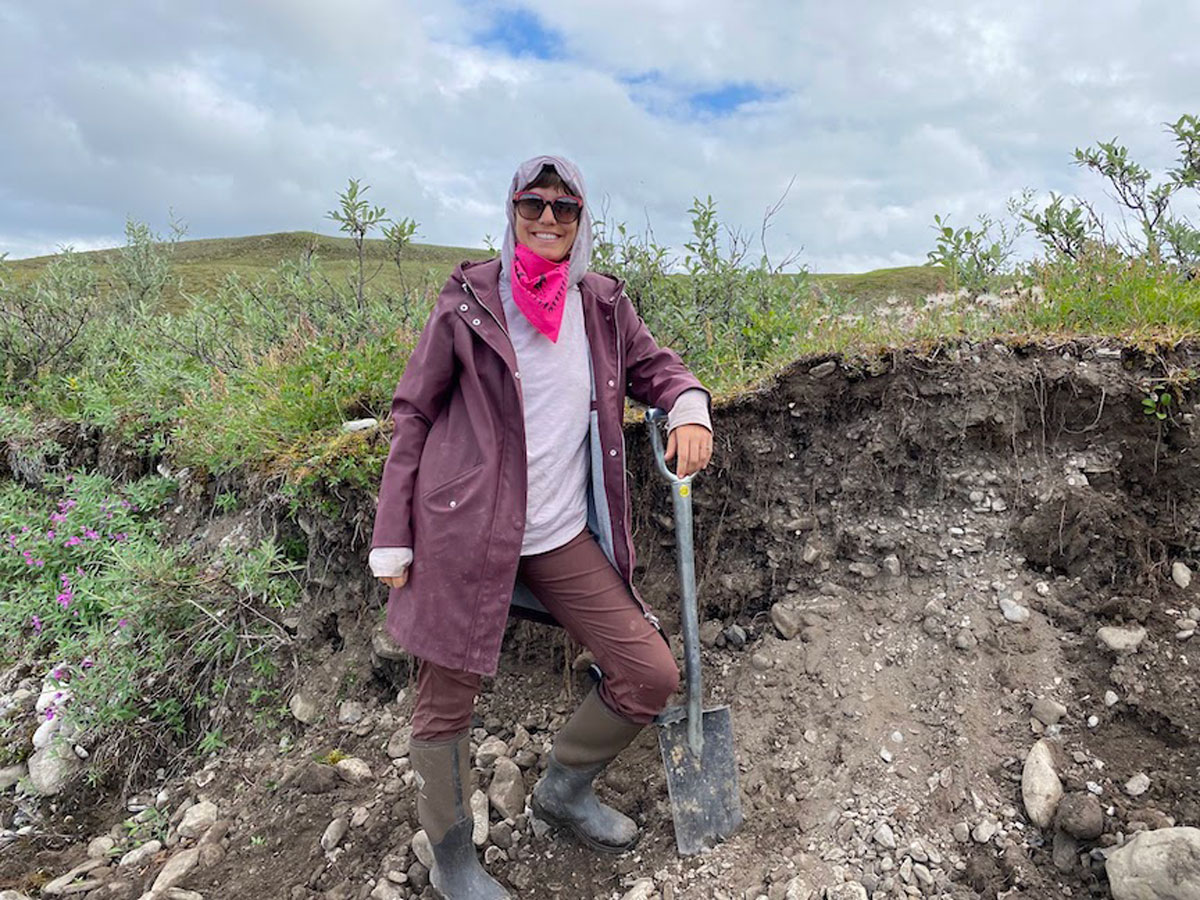The ground we tread often gets overlooked or is recognized simply as a place to grow food. But Yamina Pressler sees more. A soil scientist at California Polytechnic State University, San Luis Obispo, Pressler draws inspiration from the soils at her feet, which fuels her teaching, research, and art.
“It’s also important for us to view them as a natural wonder,” Pressler said.
Pressler’s love of soils was planted when she was an undergraduate at the same university where she now researches. As an undergraduate studying environmental management and protection, Pressler took a required soil science class and was struck by soils’ color and complexity. The child of an abstract painter, Pressler found herself drawn to the pinks, oranges, and yellows she saw in the ground: “all of these bright whimsical colors.”
Soil has so much to teach us—as soon as we kind of slow down and listen.
Pressler continued following her curiosity about soils, doing a senior research project on soil microbes and venturing on to graduate school. Though she didn’t have scientists in her family, Pressler found encouragement from mentors who helped her navigate a career in science that she hadn’t anticipated.
Even though Pressler grew up surrounded by color and creativity, she didn’t start calling herself an artist until 2019. That year, Pressler tried watercolor painting to calm her nerves during air travel. As she splashed colors across the page, scenes of soils emerged. The trip kicked off a passion for creating and sharing art grounded in soils, some even painted with soil-based watercolors.
Her works celebrate the diversity of soils and encourage people to look at them in a new way. They often capture musings on what soils can teach us.

One of Pressler’s digital line drawings evokes the chemical and biological transformations that create layers called horizons, which can be charismatic and colorful. Soils grow in complexity over time. It’s a reminder that like all good things, soils take time to develop, Pressler said.
To conserve and protect soils, people first need to care about them, she said. So looking to soils for instruction is a way to rebuild a relationship with this crucial part of the natural world. “Soil has so much to teach us—as soon as we kind of slow down and listen.”
—Carolyn Wilke (@CarolynMWilke), Science Writer
This profile is part of a special series in our August 2023 issue on science careers.




